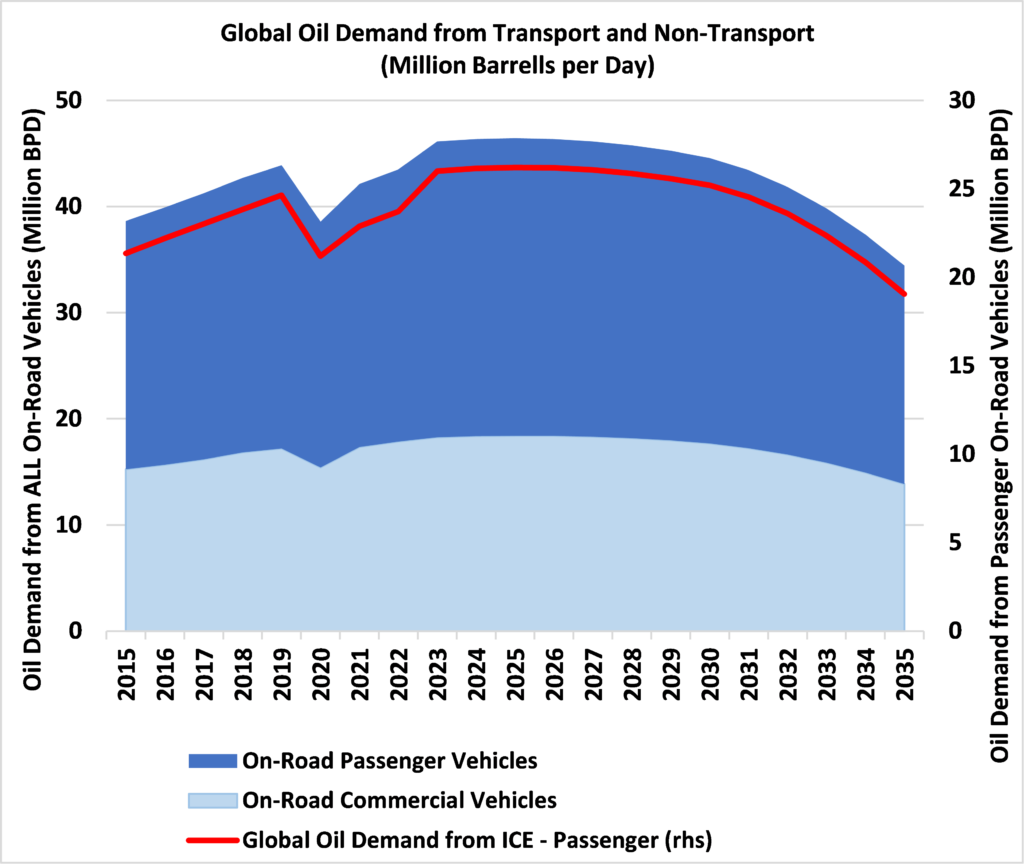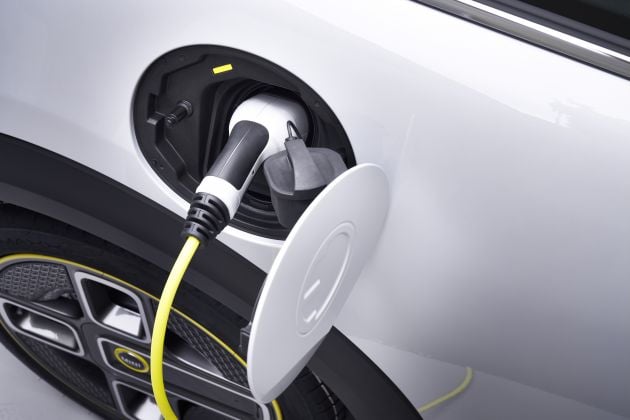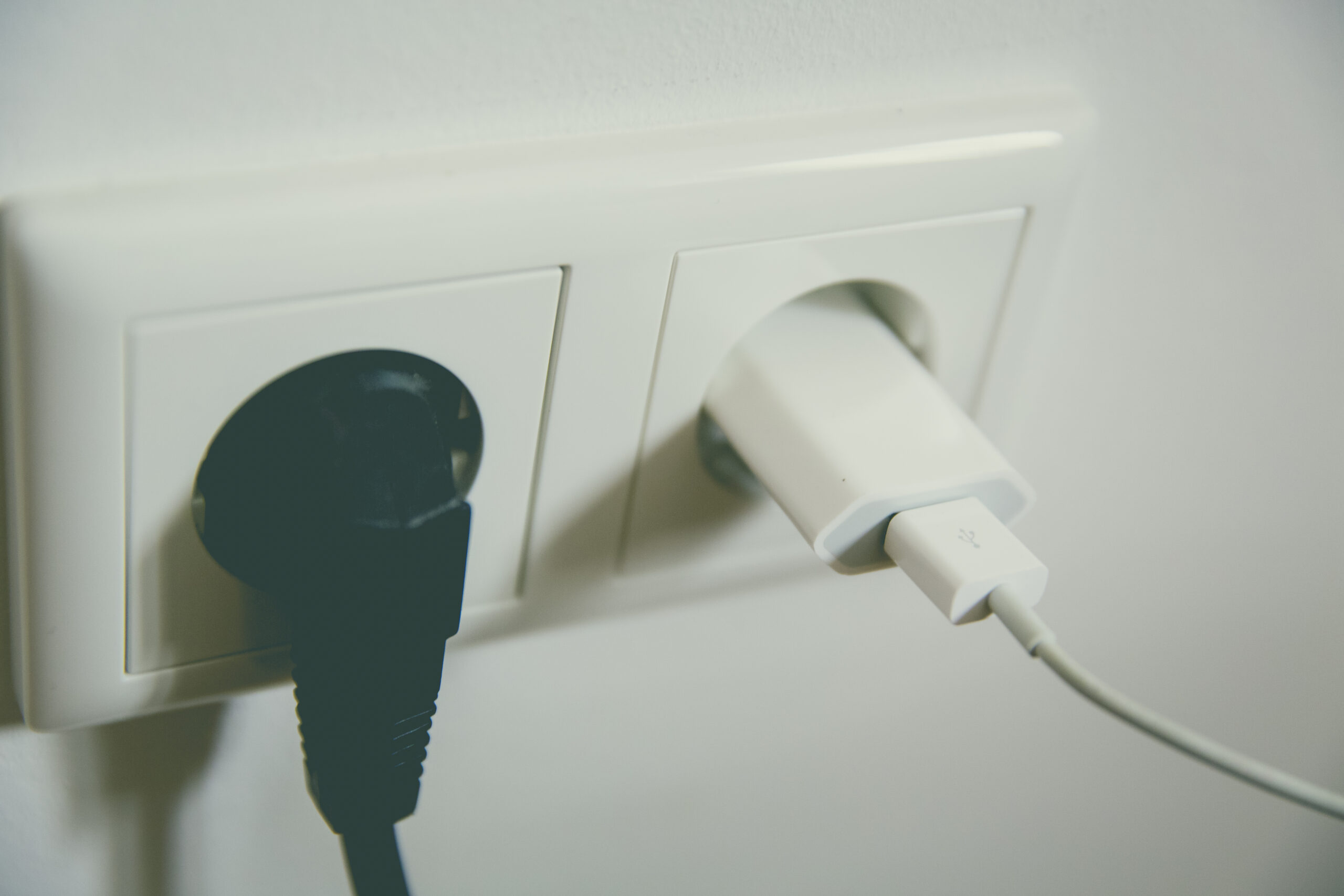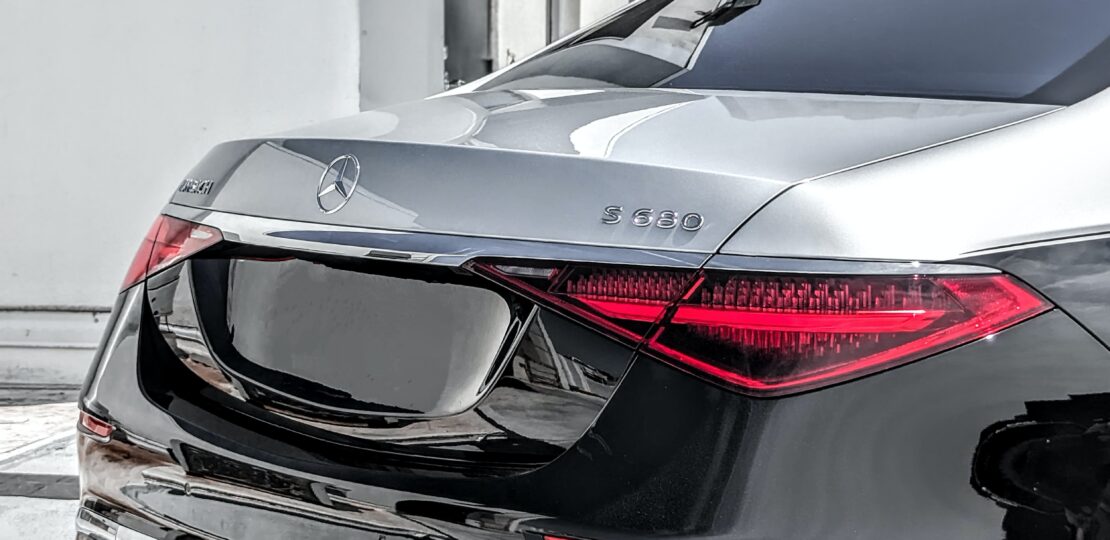
In today’s rapidly evolving world, the future of electric vehicle (EV) charging is a hot topic, with innovative solutions paving the way for a more convenient and efficient charging experience. Battery swapping is one such solution that has gained traction, offering the potential to revolutionize how EVs are powered. This article explores the future of EV charging, going beyond traditional methods and delving into the exciting possibilities of battery swapping and emerging technologies. Get ready to immerse yourself in the fascinating world of EV charging, where new horizons and sustainable mobility await.
1. Introduction
Welcome to the future of electric vehicle (EV) charging! As the world embraces sustainable transportation options, the demand for efficient and convenient charging solutions for EVs is on the rise. In this article, we will explore the current state of EV charging, the revolutionary technology of battery swapping, the benefits it offers, evolving charging technologies, challenges and considerations, the role of government and industry, and the future outlook and potential. So fasten your seatbelts and get ready to delve into the exciting world of EV charging!
2. Current State of EV Charging
2.1 Public Charging Stations
Public charging stations are an essential component of the EV charging infrastructure. These stations are typically located in public areas such as shopping centers, parking lots, and rest areas, providing EV owners with a convenient and accessible place to charge their vehicles. However, the current number of public charging stations is still limited, leading to potential issues like long wait times and overcrowding.
2.2 Home Charging
Home charging is one of the most convenient and cost-effective methods for EV owners. By installing a charging station at home, you can conveniently charge your vehicle overnight, ensuring it’s ready to go in the morning. Home charging offers the advantage of avoiding crowded public charging stations and the flexibility to choose from a variety of charging levels, depending on your needs.
2.3 Fast Charging Networks
fast charging networks are becoming increasingly popular, especially for long-distance travel. These networks are equipped with high-power chargers that can charge an EV much faster than traditional charging methods. While fast charging networks are expanding rapidly, the availability of these stations is still limited compared to standard charging stations.
2.4 Challenges and Limitations
Despite the progress made in the EV charging infrastructure, there are still some challenges and limitations that need to be addressed. One major challenge is the lack of standardization and interoperability among charging stations. Different EV models often require different charging connectors, making it inconvenient for EV owners to find compatible charging stations. Additionally, the limited availability of charging stations in rural areas and the high cost of installing and maintaining charging infrastructure pose significant obstacles to widespread adoption of EVs.

This image is property of images.unsplash.com.
3. Battery Swapping Technology
3.1 How Battery Swapping Works
Battery swapping technology offers a promising solution to overcome some of the limitations of traditional charging methods. Instead of charging the EV’s battery, battery swapping involves replacing the depleted battery with a fully charged one. This process is typically carried out in a specialized facility equipped with automated technology for swift battery replacement.
3.2 Advantages of Battery Swapping
Battery swapping offers several advantages over traditional charging methods. Firstly, it eliminates the need for long charging times, as the battery replacement process is much faster than charging a depleted battery. This significantly reduces the time EV owners spend waiting for their vehicles to charge. Additionally, battery swapping allows for extended driving range, as drivers can quickly swap their depleted battery for a fully charged one, enabling them to cover longer distances without the need for multiple charging stops.
3.3 Disadvantages of Battery Swapping
While battery swapping presents many benefits, there are also some drawbacks to consider. One major disadvantage is the need for a vast network of battery swapping stations to provide sufficient coverage for EV owners. Building and maintaining this network requires significant investment and infrastructure development. Moreover, battery swapping is only viable for EVs with compatible battery packs, limiting its applicability to certain vehicle makes and models.
3.4 Current Implementations
Battery swapping technology is already being implemented by companies like NIO, a Chinese electric vehicle manufacturer. NIO has established battery swapping stations across China, allowing its customers to swap their depleted battery with a fully charged one in a matter of minutes. This implementation has demonstrated the feasibility and potential of battery swapping as a viable charging option for EVs.
4. The Benefits of Battery Swapping
4.1 Faster Charging Times
One of the significant advantages of battery swapping is the dramatically reduced charging time compared to traditional methods. Instead of waiting for hours to charge a depleted battery, EV owners can simply swap their battery with a fully charged one and be on their way within a few minutes. This time-saving benefit is especially valuable for long-distance travel and businesses relying on EVs for their operations.
4.2 Extended Driving Range
Battery swapping enables EV owners to enjoy an extended driving range without the need for frequent charging stops. By simply swapping their depleted battery with a fully charged one, drivers can cover longer distances with peace of mind. This convenience is particularly beneficial for long road trips or situations where there is limited access to charging stations.
4.3 Flexibility and Convenience
Battery swapping provides EV owners with greater flexibility and convenience when it comes to charging their vehicles. Instead of being constrained by the availability of charging stations or the time needed to charge their EV, drivers can easily swap their battery whenever needed. This flexibility allows for more efficient planning and eliminates the anxiety associated with range anxiety, further promoting the adoption of EVs.
4.4 Sustainable Energy Grid Integration
Battery swapping technology also has the potential to contribute to a more sustainable energy grid. By utilizing multiple battery packs in a swapping facility, excess renewable energy can be stored in these batteries during periods of low demand. This stored energy can then be used during peak hours or in emergency situations, balancing the grid’s energy supply and promoting a more reliable and sustainable energy system.

This image is property of images.unsplash.com.
5. Evolving EV Charging Technologies
5.1 Wireless Charging
Wireless charging technology, also known as inductive charging, is an innovative solution that eliminates the need for cables and physical connectors. By using electromagnetic fields, wireless charging allows EVs to charge by simply parking on a charging pad or being parked over a wireless charging mat. This technology offers the convenience of effortless charging and further simplifies the charging process for EV owners.
5.2 Ultra-fast Charging
Ultra-fast charging technologies aim to significantly reduce charging times and provide EV owners with a more efficient charging experience. By utilizing advanced charging systems, ultra-fast charging can deliver high power to the EV battery, enabling rapid charging. This technology is still in the early stages of development but holds great promise for the future of EV charging.
5.3 Vehicle-to-Grid Integration
Vehicle-to-grid (V2G) integration is an emerging technology that allows EVs to not only receive energy from the grid but also deliver excess energy back to the grid. This two-way flow of electricity opens up new possibilities for balancing the energy grid and optimizing energy usage. EVs can act as virtual power plants, contributing to a more resilient and sustainable energy system.
5.4 Solar-powered Charging Stations
Solar-powered charging stations harness the power of the sun to generate electricity for EV charging. By installing solar panels on or near charging stations, renewable energy can be directly used to charge EVs, reducing dependence on traditional energy sources. Solar-powered charging stations not only provide a clean and sustainable way to charge EVs but also promote the integration of renewable energy into the grid.
6. Challenges and Considerations
6.1 Standardization and Interoperability
One of the key challenges in the EV charging industry is the lack of standardization and interoperability among charging stations. Different EV models often require different charging connectors, making it inconvenient for EV owners to find compatible charging stations. Standardizing charging connectors and protocols is crucial for ensuring a seamless charging experience and promoting the widespread adoption of EVs.
6.2 Cost and Infrastructure
The cost and infrastructure required for battery swapping stations and other advanced charging technologies can be a significant barrier to implementation. Building a robust network of battery swapping stations or installing wireless charging infrastructure requires substantial investment. Additionally, the availability and accessibility of charging stations in rural areas or regions with limited resources present additional challenges that need to be addressed.
6.3 Environmental Concerns
While EVs offer environmental benefits compared to internal combustion engine vehicles, the production and disposal of lithium-ion batteries have raised concerns regarding their environmental impact. Proper disposal and recycling of batteries are crucial to minimize the environmental footprint of EVs. Moreover, the energy sources used to generate electricity for charging EVs play a significant role in determining the overall environmental impact of EV charging.

This image is property of images.unsplash.com.
7. The Role of Government and Industry
7.1 Policy and Regulation
Government policies and regulations play a vital role in supporting the development and adoption of EV charging technologies. Incentives such as tax credits, grants, and subsidies can encourage investment in charging infrastructure and research and development efforts. Additionally, policies that promote standardization, interoperability, and renewable energy use contribute to the growth and sustainability of the EV charging industry.
7.2 Investment and Collaboration
Both public and private sectors need to collaborate and invest in the expansion and improvement of EV charging infrastructure. Partnerships between governments, utility companies, automakers, and technology providers are essential to overcome the challenges associated with cost, standardization, and infrastructure development. Strategic investments in research and development can also accelerate the advancement of EV charging technologies.
7.3 Research and Development Efforts
Continuous research and development efforts are instrumental in driving innovation in EV charging technologies. Investments in improving battery technology, efficiency, and charging infrastructure are necessary to address the current limitations and pave the way for further advancements. Collaborative research initiatives and partnerships between academia, industry, and government can facilitate knowledge sharing and accelerate progress in the field.
8. Future Outlook and Potential
8.1 Increased Adoption of EVs
With ongoing advancements in EV charging technologies and improvements in infrastructure, the adoption of EVs is expected to continue to rise. Increasing awareness about the environmental benefits of EVs, along with supportive government policies and incentives, will contribute to the widespread adoption of electric vehicles. As more drivers transition to EVs, the demand for efficient and convenient charging options will drive further innovation in the industry.
8.2 Integration with Smart Grids
The integration of EV charging infrastructure with smart grids will enable more efficient and intelligent charging. Smart grid technologies can optimize charging patterns based on grid demand, renewable energy availability, and user preferences. This integration will not only enhance the reliability and sustainability of the energy grid but also provide cost-saving benefits for EV owners.
8.3 Advancements in Battery Technology
As battery technology continues to evolve, EVs will benefit from improved energy density, faster charging capabilities, and longer lifespan. Advancements such as solid-state batteries and next-generation lithium-ion batteries hold the potential to revolutionize the EV industry, addressing concerns related to charging times, range anxiety, and battery life.
8.4 Expansion of Charging Infrastructure
The expansion of charging infrastructure, including battery swapping stations, fast charging networks, and wireless charging facilities, will play a crucial role in the future of EV charging. Continuous investment in charging infrastructure development and strategic placement of charging stations will enhance accessibility and convenience for EV owners, further promoting the adoption of electric vehicles.
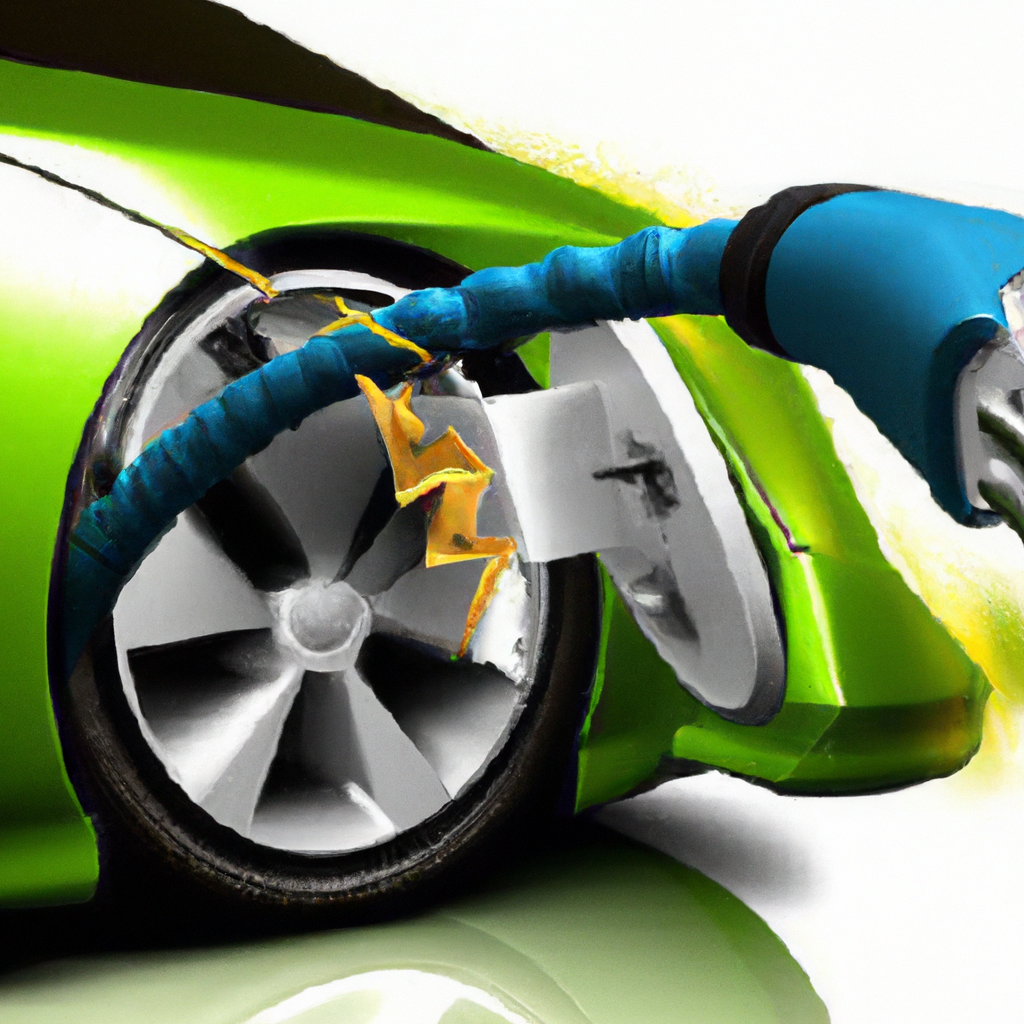
9. Conclusion
The future of EV charging is indeed bright and promising. Battery swapping and other innovative charging technologies offer solutions to the limitations of traditional charging methods, providing faster charging times, extended driving range, and enhanced flexibility and convenience. As governments, industries, and researchers collaborate to overcome challenges, such as standardization, cost, and environmental concerns, the EV charging ecosystem will continue to evolve, enabling the increased adoption of electric vehicles. With advancements in battery technology and the expansion of charging infrastructure, the future of EV charging looks set to revolutionize how we drive, travel, and interact with our transportation systems. So buckle up and embrace the exciting journey towards a sustainable and electrifying future!
RELATED POSTS
View all
